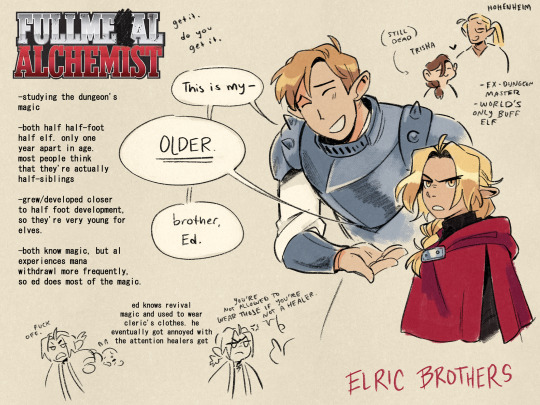Wattpad / AO3 just a girl with too many thoughts about her favorite characters | various fandoms | always writing a new story in her head
Last active 60 minutes ago
Don't wanna be here? Send us removal request.
Text

(dungeon meshi narrator voice) fullmetal alchemist
22K notes
·
View notes
Text
there's a stage in sandwich consumption where it's falling to pieces & you're desperately cupping it in your hands & it's like this poor wounded animal that is covered in mustard & wants to die
64K notes
·
View notes
Text
me writing romance fanfics when I have never been in love

312 notes
·
View notes
Text
must a piece of media be “good?” is it not enough to first encounter it aged thirteen and have your brain completely rewired forever?
19K notes
·
View notes
Text
Prompt #1150
"You never seemed to really like me."
"But I never hated you either."
176 notes
·
View notes
Text
wow art improvement,, perchance?


Green - 2023, Pink - 2024
I personally think that my artstyle changed and nothing else but yk a year's a year
59 notes
·
View notes
Text

giyuu destroyed my happiness when he cut off tanjiro's ponytail
62 notes
·
View notes
Text

made some shinobu fanart when I had art block a while back (the art block never left HELP)
69 notes
·
View notes

















